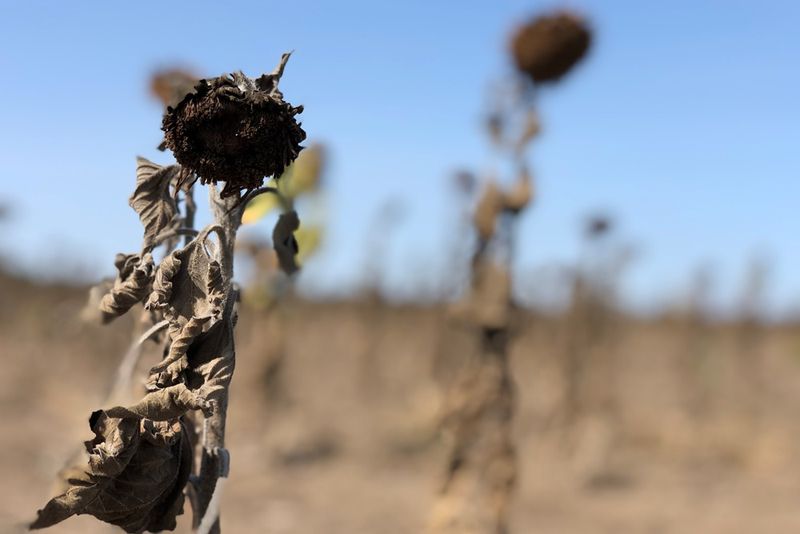Favorable weather in the US and drought in the Black Sea region remain the main factors of pressure on prices

Traders’ attention is now focused on the weather in the EU, Ukraine and Russia, where unfavorable conditions for late crops (soybeans, sunflower, corn and sugar beet) remain, which supports prices on European exchanges. At the same time, “ideal” weather conditions in the US are increasing pressure on quotations on American exchanges.
In the Midwest and the Great Plains of the United States this week were showers and thunderstorms, which improved the condition of crops. Next week, temperatures will rise to 30-31 ° C, which against the background of significant soil moisture reserves will contribute to the filling of grain, and the end of the rains will accelerate the harvest of spring wheat.
In the prairies of Canada this week and next week will be scattered rains, which amid moderate temperatures will improve the condition of canola and spring wheat.
In Europe, this week was dominated by hot weather, unfavorable for the eastern regions, which suffer from drought. A cyclone brought precipitation to Germany again, but it may spread to the east next week. The dry and hot summer weather in Spain, Italy, Romania and Bulgaria has significantly reduced the harvest potential, especially of late crops.
In eastern Ukraine and southwestern Russia, dry weather persists, which prevents the start of winter rapeseed sowing and negatively affects late crops. Even if there are some rains in the region at the end of next week, they will not save the almost dried up soybean, corn and sunflower crops.
In other regions of Ukraine, the conditions for late crops are much better, but precipitation will be seen only in the western regions next week. At the same time, temperatures will rise to 30-32°C, which will increase stress for plants and continue to worsen the harvest prospects.
In the South of Brazil and Argentina is expected to decrease in temperature and frost, which can damage the winter wheat crops that are developing in dry conditions. In the central regions of Brazil, the weather remains hot, and farmers are waiting for the rainy season in September to start planting soybeans.
In most of Australia, the weather is favorable for the development of winter wheat, barley and canola. Recently, there were heavy rains in the regions of winter crops growing, and additional precipitation is expected next week, which will contribute to the vegetation of plants amid moderate temperatures.
According to Climate Central’s analysis of global extreme heat, July 2024 set new records for global heat and climate disasters.
Read also
Write to us
Our manager will contact you soon



